Wintergreen is a group of aromatic plants, many in the genus Gaultheria.
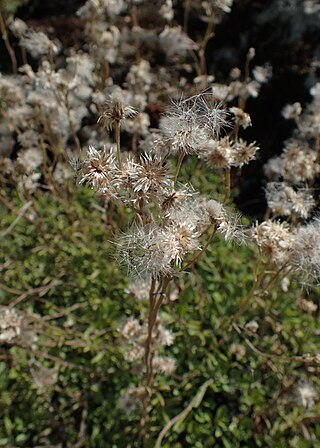
Antennaria howellii, the everlasting or Howell's pussytoes, is a North American species of plant in the family Asteraceae. It is native to northern Alaska, much of Canada including the Arctic territories, and the northern United States as far south as northern California, Colorado and North Carolina.
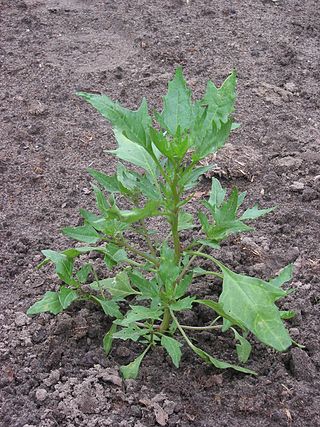
Oxybasis rubra, common names red goosefoot or coastblite goosefoot, is a member of the genus Oxybasis, a segregate of Chenopodium. It is native to North America and Eurasia. It is an annual plant.

Gaultheria hispidula, commonly known as the creeping snowberry or moxie-plum, and known to Micmaq tribes of Newfoundland as Manna Teaberry, is a perennial spreading ground-level vine of the heath family Ericaceae. It is native to North America and produces small white edible berries. It fruits from August to September. Its leaves and berries taste and smell like wintergreen.

Viola brittoniana, known as coast violet, northern coastal violet and Britton's violet, is a rare, acaulescent blue-flowered violet that is endemic to the eastern United States. It has distinctive leaves with narrow lobes and deep sinuses. It is a perennial.

Viola hirsutula, common name southern woodland violet, is a perennial species of violet found in the eastern United States.
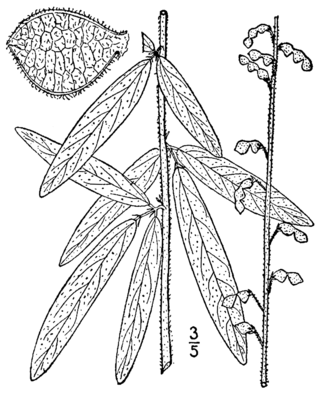
Desmodium sessilifolium, common name sessileleaf ticktrefoil, is a species of plant in the legume family, Fabaceae. It is native to North America.
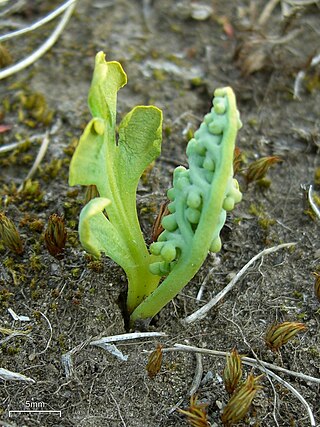
Botrychium simplex, the little grapefern, is a species of fern in the family Ophioglossaceae that is native to North America and Greenland. It is a perennial.

Gamochaeta purpurea, the purple cudweed, purple everlasting, or spoonleaf purple everlasting, is a plant native to North America.

Paronychia fastigiata, common names hairy forked chickweed, hairy forked nailwort, and forked chickweed, is an annual plant native to North America.
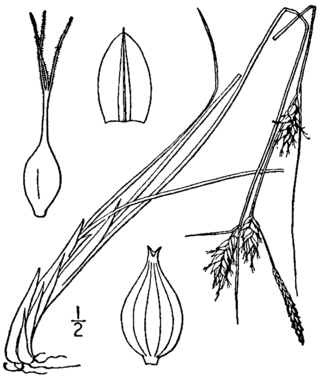
Carex oligosperma, common name fewseed sedge, few-seeded sedge, and few-fruited sedge, is a perennial plant in the Carex genus. A distinct variety, Carex oligosperma var. oligosperma, exists.
Croton michauxii, commonly known as elliptical rushfoil, and Michaux's croton, is a plant species in the family Euphorbiaceae that is native to the United States. It is an annual plant.

Spiranthes tuberosa, commonly called little lady's tresses, little pearl-twist and slender ladies'-tresses is an orchid species. It is a perennial plant native to North America.
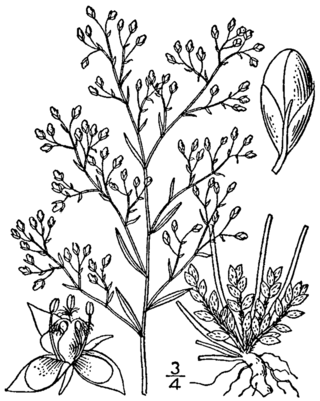
Lechea racemulosa, common name Illinois pinweed, is a perennial plant native to the United States.
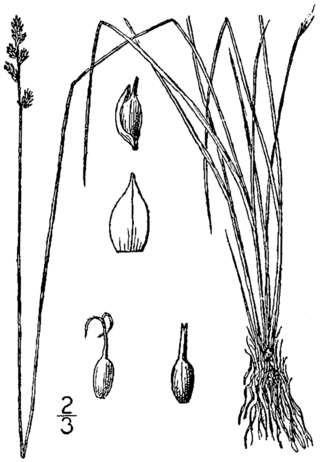
Carex sterilis, common names dioecious sedge, sterile sedge and Atlantic sedge, is a perennial plant native to North America.

Cuscuta coryli, synonym Grammica coryli, common name hazel dodder, is a perennial plant in the Cuscutaceae family native to North America.

Eleocharis microcarpa, common names small-fruited spikesedge, spike-rush, small-fruited spike-rush and tiny-fruited spike-sedge, is a plant in the Eleocharis genus found in North America.

Schoenoplectus torreyi, common name Torrey bulrush or Torrey's bulrush, is a species of Schoenoplectus found in North America.
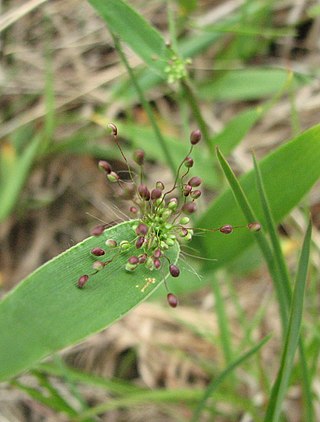
Dichanthelium sphaerocarpon, also called Panicum polyanthes, common name round-seed panic grass, is a plant found in North America. It is listed as endangered in Michigan. Dichanthelium sphaerocarpon var. isophyllum is listed as a special concern and believed extirpated in Connecticut.


















